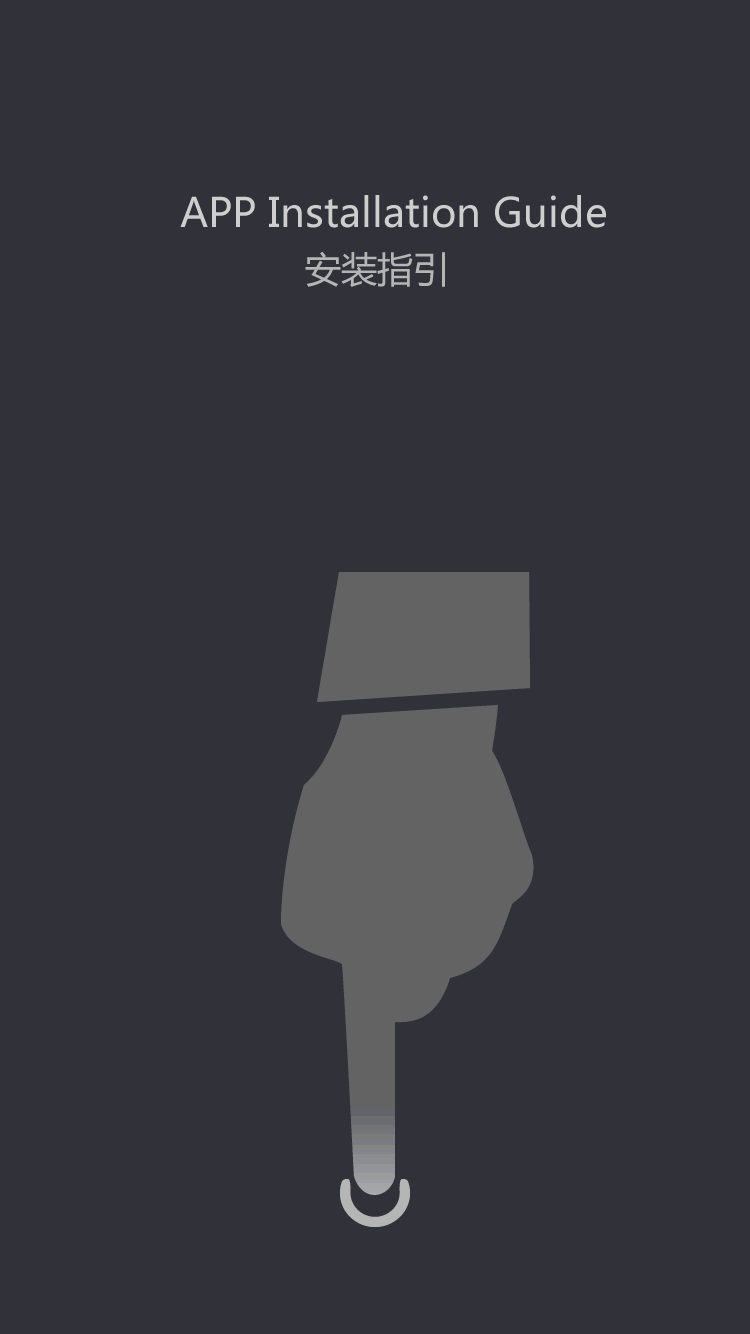USB power adapter
Fusion splicing failure diagnosis and elimination
by:Tumtec
2020-04-20
Weld fusion splicing failure diagnosis and elimination means using arc welding together, two optical fiber are usually used to connect to 250 microns external equipment and building the outer outlet within 900 microns of fiber optic equipment, use of precision cutting machine for cutting the fiber right after, again by optical fiber welding machine welding.
For a single fiber or 12 core optical fiber ribbon cable welding, can be finished through multi-channel welding, a welding all 12 optical fibers.
Welding has the lowest loss and the minimum reflectivity, is thought to be between two optical fibers are strongest and most reliable method.
As long as correct, fusion splicing loss can be lower than 0.
1 db。
Let us look into it carefully these high-performance connection point positioning and fault diagnosis of the matters needing attention.
When using OptiFiber ™ Pro OTDR, the quality of joint of reflection, low loss and no connector may not be displayed.
But if you want to locate a fusion splicing, although the joint has no quality problem, and how to operate?
Only need to use manual OTDR options for setting up carry on some simple adjustment, it is very easy.
First, you need to set on OptiFiber Pro loss threshold, to locate loss less than 0.
1 db.
The wastage of the OptiFiber Pro automatically set threshold is 0.
15 db, which means that only found is equal to or higher than the level of the event.
But the loss threshold can be defined by the user, values range from 0.
01 to 1.
50分贝。
Please note that a smaller threshold means that the tester is the need for more measures or use more wide pulse width, this may increase the test of time or tracing line dead zone.
Less than 0.
15 db loss threshold could also lead to OTDR found errors due to inherent optical fiber.
Change the average time can also help positioning fusion splicing.
'Average' set the measuring average number to create the final track -
—
A long time can reduce the noise, so as to reveal more details, such as the reflective joint events.
Using fiber high quality cutting and welding machine, it is easy to achieve correct welding.
However, if there is no along the weld joints and expansion part fiber plate conductor plate correctly placed in the molten fiber disc, is likely to lead to beyond the bend radius of the fiber.
If you want to locate this type of stress, you may need to test two wavelengths: multimode for 850 and 1300 nm;
Single mode of 1310 and 1550.
Under the longer wavelength, the stress of the fiber will be showed significantly higher losses, and are usually longer wavelength shows low loss.
You might also need to use VFL to determine whether the problem appeared in the rupture or twisted fiber, rather than the tail fiber connector, because the trajectory of events usually occurs near the connector.
The bidirectional test is also very important.
If the tail fiber are welding with optical fiber between backscattering mismatch, will look like in a direction gain (
The negative loss)
And there are too much loss in another direction (
The false loss)
。
If test from two directions, and the average loss, can obtain the actual loss.
In order to simplify the bidirectional test, OptiFiber®
Pro built a 'SmartLoop OTDR' assistant, in twin-core fiber link of the distal using a loop, so you can be two-way from one end of the test.
OptiFiber®
Pro also features a built-in average, two measurement results can be average, so as to provide accurate final loss of the measured values.


































![[Dry Goods] how to avoid electrode rod after fusion black?](https://img5811.weyesimg.com/uploads/tumtecchina.com/images/15840915146146.jpg?imageView2/2/w/1920/q/100/format/webp)







































